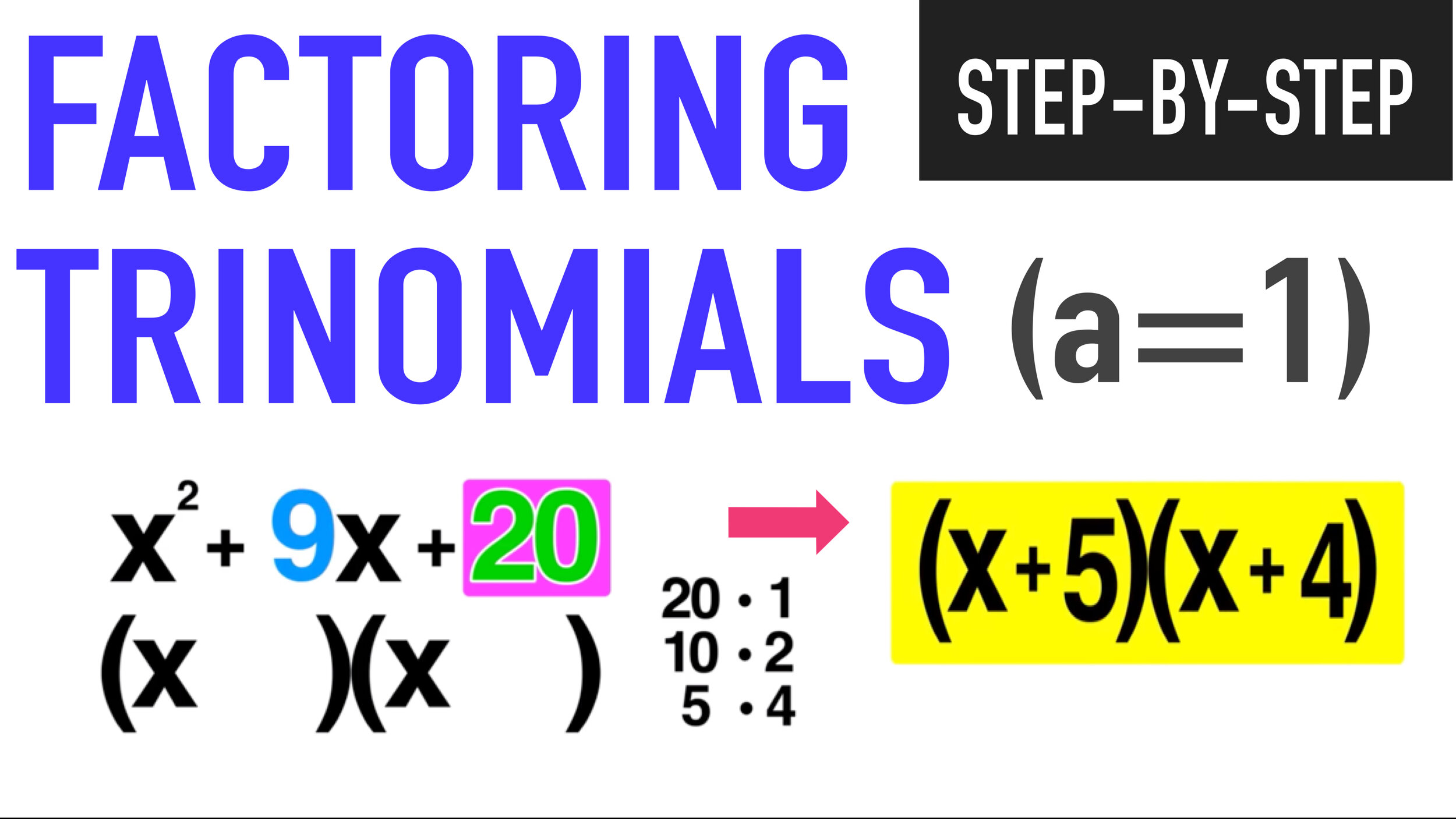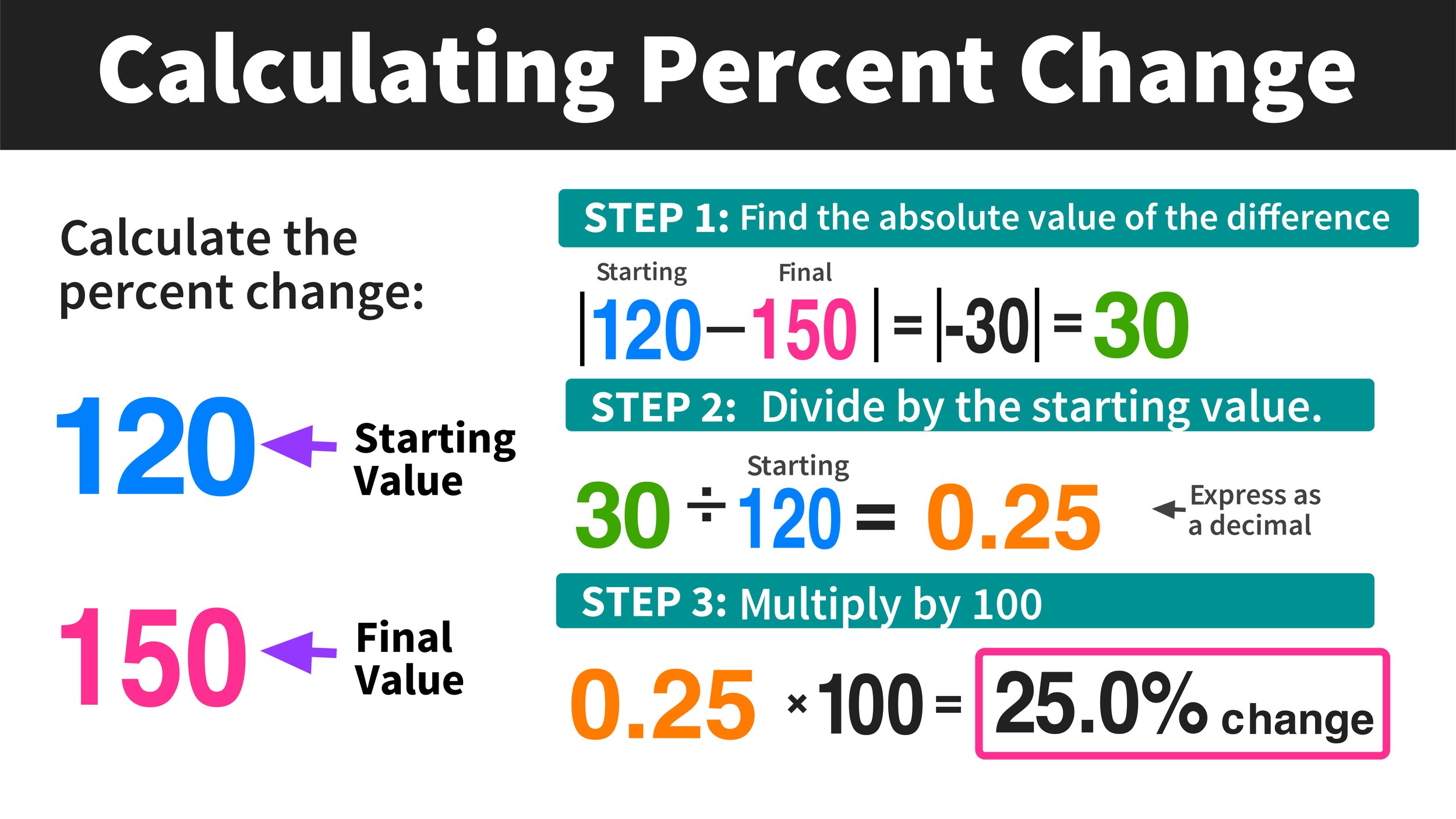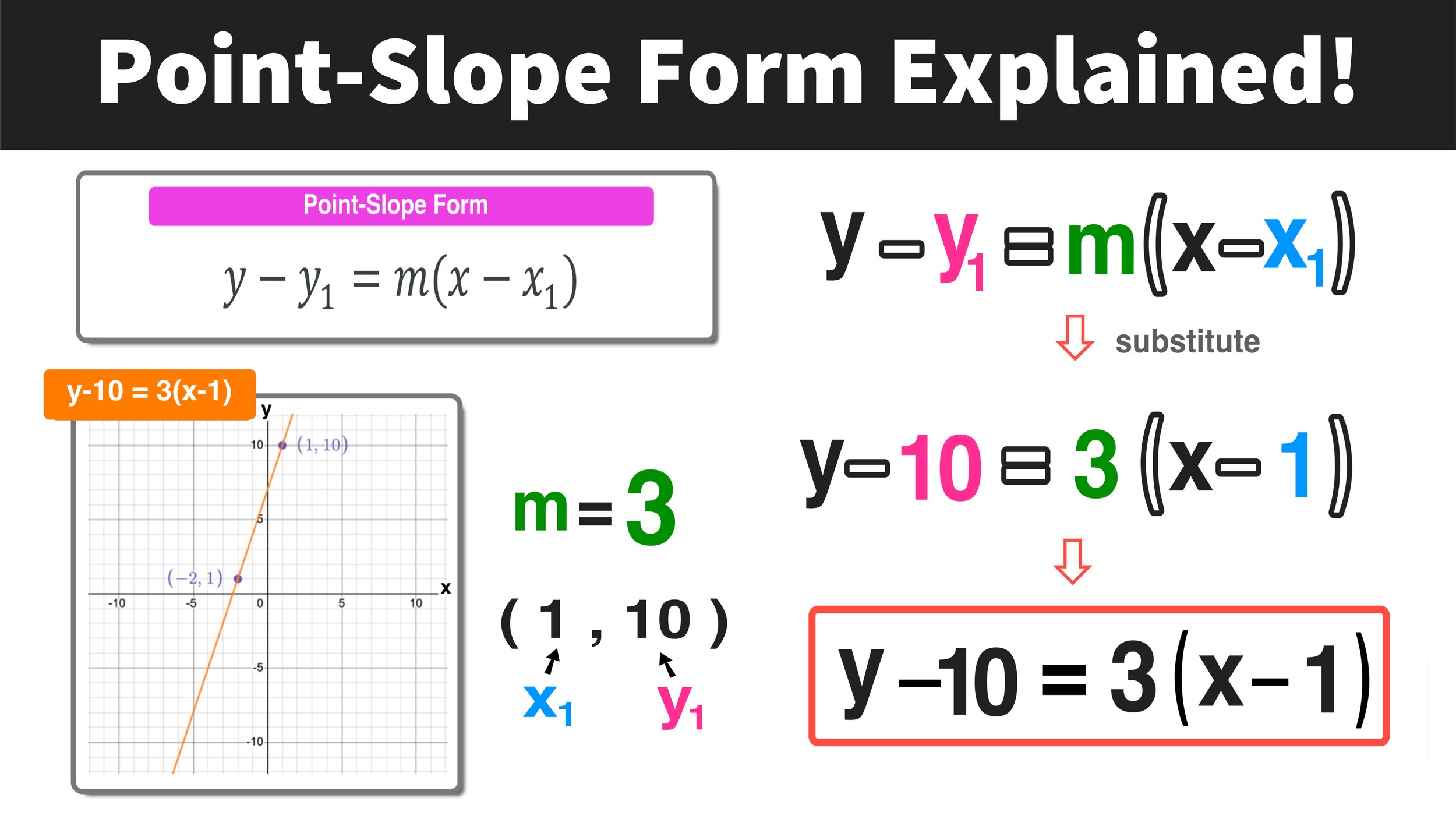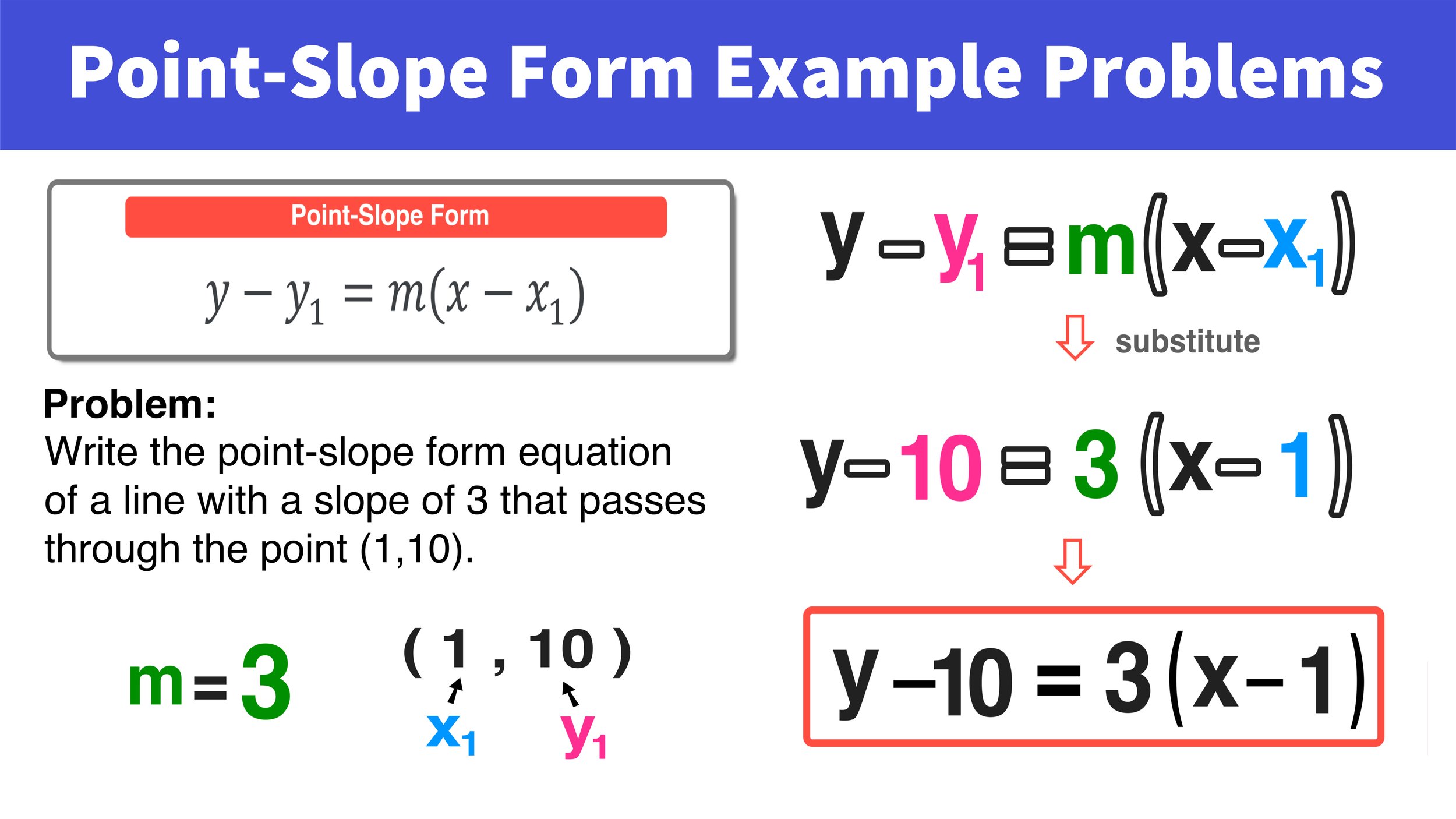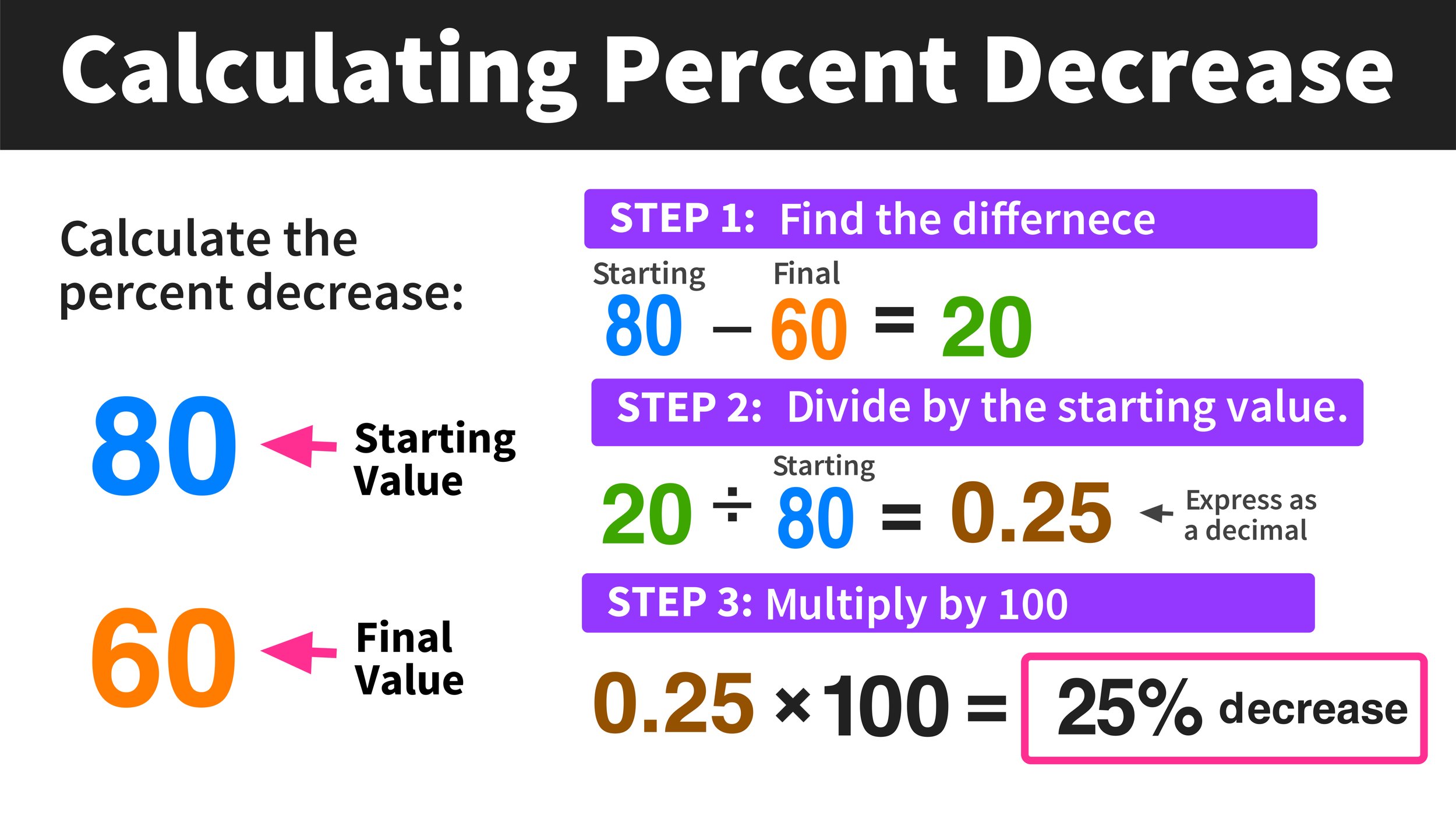How to Calculate Percent Error Using the Percent Error Formula
Step-by-Step Guide: How to Calculate Percent Error in 3 Easy Steps
Whether you are a student working on solving math problems or an analyst working in a science lab, knowing how to calculate percent error is an important and useful skill both inside and outside of the classroom. Percent error tells us how close a measured or estimated value is compared to the actual value. In short, percent error is a tool for measuring accuracy. The smallest that a percent error is, the more accurate the measurement is (and vice versa), and calculating percent error is a relatively easy task provided that you can following a few simple steps.
In this free guide, you will learn How to Calculate Percent Error in 3 Easy Steps and how the percent error formula can be applied to real-life scenarios and contexts. Together, we will work through three step-by-step examples that range from basic to intermediate to advanced, to help you become a pro at calculating percent error.
You can work through the sections in this guide in order, or you can click on any of the text links below to jump to any section of this page.
Preview: Percent Error Example #1
Quick Review: What is Percent Error?
Let’s start off with a quick review of percent error and the percent error formula.
Often used in math and science, Percent Error is a formula that can be used to calculate the difference between a measured or estimated value compared to actual or exact value, and it is expressed as a percentage.
Whenever you are faced with questions related to measurement such as:
I made a guess about something measurable. How far off was my guess compared to the actual value?
I made a measurement. How accurate was my measurement?
I estimated the value of something. How close was my estimation compared to the actual value?
Being able to answer these questions comes in handy in science in math whenever you are comparing estimations or predictions to actual results.
The Percent Error Formula
Percent Error can be calculated by using the following formula:
Percent Error = [( |Measured Value - Actual Value|) / Actual Value] x 100
Where…
The Measured Value is a number that represents a measurement, estimation, or calculation that you or somebody else has made.
The Actual Value represents the actual or exact value.
As long as you know that Measured Value and the Actual Value, you can plug those numbers into the Percent Error Formula and solve.
Figure 01: The Percent Error Formula
How to Calculate Percent Error in 3 Easy Steps:
Now we are ready to learn how to calculate percent error using the percent error formula and by following these three simple steps:
Step 1: Plug the Measured Value and the Actual Value into the Percent Error Formula.
Step 2: Find the absolute value of the difference of the Measured Value and the Actual Value, and then divide that result by the Actual Value.
Step 3: Multiply your result from Step 2 by 100 and express your answer as a percent.
For example, considered the following scenario:
How to Calculate Percent Error Example #1
Problem: Christian attempted to measure his own height and came up with an estimated height of 58 inches. After a visit to the doctor, it was determined that his actual height is 60 inches. What was the percent error of Christian’s measurement?
For this example, we know that:
Measured Value: 58 inches
Actual Value: 60 inches
With this information, we can use the Percent Error Formula and our 3-step process to solve the problem as follows:
Step 1: Plug the Measured Value and the Actual Value into the Percent Error Formula.
Using the Percent Error Formula:
Percent Error = [( |Measured Value - Actual Value|) / Actual Value] x 100
We can substitute as follows:
Percent Error = [( |58 - 60|) / 60] x 100
Step 2: Find the absolute value of the difference of the Measured Value and the Actual Value, and then divide that result by the Actual Value.
We can evaluate the first part of the equation as follows:
( |58 - 60|) / 60 = |-2|/60 = 2/60 = 0.33333333….
Step 3: Multiply your result from Step 2 by 100 and express your answer as a percent.
Finally, we can take our result from the previous step and multiply if by 100 as follows:
0.33333333…. x 100 = 3.333333… ≈ 3.33%
Final Answer: The Percent Error is 3.33%
The graphic in Figure 02 below illustrates how we solved this problem of how to calculate percent error. Now let’s move onto another example.
Figure 02: How to Calculate Percent Error in 3 Steps.
How to Calculate Percent Error Example #2
Problem: Troy estimates that his hometown has a population of 9,000 people, but the census data showed that the actual population is 10,750 people. What is the percent error?
We can solve this percent error problem using the Percent Error Formula and by following the same steps as we did in the previous example.
Percent Error = [( |Measured Value - Actual Value|) / Actual Value] x 100
Step 1: Let’s start by inputting both the Measured Value and the Actual Value and plugging them into the Place Value Formula. Remember that the measured value can refer to a measurement, an estimation, or even a guess.
Measured Value: 9,000
Actual Value: 10,750
Percent Error = [( | 9,000 - 10,750|) / 10,750 ] x 100
Step 2: Now we can evaluate the first part of the equation as follows:
| 9,000 - 10,750|) / 10,750 = | -1,750|/10,750 = 1,750/10,750 = 0.16279…
Step 3: Finally, we can multiply the result from the previous step by 100 and express our answer as a percentage.
0.16279 x 100 = 16.279 ≈ 16.3%
Final Answer: The percent error was 16.3%
Figure 03 below shows the step-by-step process for solving Example #2.
Figure 03: How to Calculate Percent Error
How to Calculate Percent Error Example #3
Are you starting to get the hang of how to use the percent error formula to figure out percent error? As long as you know how to use the formula correctly, you can solve any problem that requires you to calculate percent error. So, let’s go ahead and work through one more practice problem.
Problem: A chemistry student calculated to density of a substance as 1.19 g/cm³. The actual density of the substance is 1.04 g/cm³. What is the percent error.
Step 1: Just like the previous examples, we can start by plugging in our given values:
Measured Value: 1.19
Actual Value: 1.04
Percent Error = [( | 1.19 - 1.04|) / 1.04 ] x 100
Step 2: Next, we can evaluate the first part of the equation as follows:
(|1.19 - 1.04|) / 1.19 =|0.15| / / 1.04 = 0.15/1.04 = 0,14423
Step 3: Now we just have to multiply 0.14423 by 100 to get our final answer:
0.14423 x 100 ≈ 14.4%
Final Answer: The percent error is 14.4%
You can see the entire 3-step process for solving Example #3 in Figure 04 below.
Figure 04: How to Calculate Percent Error Example #3 Solved
How to Calculate Percent Error Practice Problems
Are you ready to try a few practice problems on your own? If so, go ahead and try the following problems on your own and click here when you are ready to see the answer key.
Directions: Calculate percent error for each of the following and round your answer to the nearest tenth decimal place.
1.) Measured Value: 48, Actual Value: 50
2.) Measured Value: 4.2 Actual Value: 5.0
3.) Measured Value: 105 Actual Value: 110
4.) Measured Value: 8.5 Actual Value: 9.0
5.) Measured Value: 309 Actual Value: 285
6.) Measured Value: 0.87 Actual Value: 0.91
7.) Measured Value: 0.976 Actual Value: 1.002
Looking for Practice Worksheets?
Download hundreds of free PDF Math Worksheets with complete answer keys.
Percent Error Practice Problems Key:
4%
16%
3. 4.6%
4. 5.6%
5. 8.4%
6. 4.4%
7. 2.6%
More Free Math Resources:












